Mixed Reality is Helping to Make Flight Simulation Training a Truly Immersive Experience
Technology continues to evolve to meet the demanding needs of various industries to improve processes, save money, and advance business objectives. Grant Harrell, host of Are We There Yet?, spoke with Marek Polčák, CEO and Founder of VRgineers, about the fascinating world of next-generation flight simulator technologies for military forces and professional pilots.
The virtual and mixed reality training systems “started with mobile phone technologies because with their development and progress they enabled the market for the manufacturing of small vector, high-resolution, high-fidelity displays,” explained Polčák. This combined with a variety of other evolving technologies including new types of sensors created the foundation for these new simulators.
Unlike traditional flight simulators, VRgineers has been able to build virtual reality headsets which are affordable and provide high-quality pictures to meet the most demanding training requirements. Polčák pointed out that legacy flight simulator systems are based on the use of multiple projectors which are projected onto a dome sphere.
These projector-based systems have many drawbacks in comparison to emerging VR technologies including cost, maintenance, and depth perception. With virtual and mixed reality, what we are able to do with headsets when we put them on, we are able to project much higher fidelity, higher resolution, and we are finally able to look literally anywhere. You have 360 degrees around you which provides an incredible immersion for pilots,” said Polčák.
VRgineers design and implement the next generation of pilot training for military units such as the US Air Force and European Air Services and private clients that include NASA, Airbus Defence & Space, Lockheed Martin, and the European Space Agency. The company is committed to bringing its technology to other industries as well and has gained traction within the automotive industry working with industry powerhouses such as BMW and Audi. And that’s just the beginning as VRgineers is identifying use cases in other sectors including architecture, training simulations, and medicine for example.




